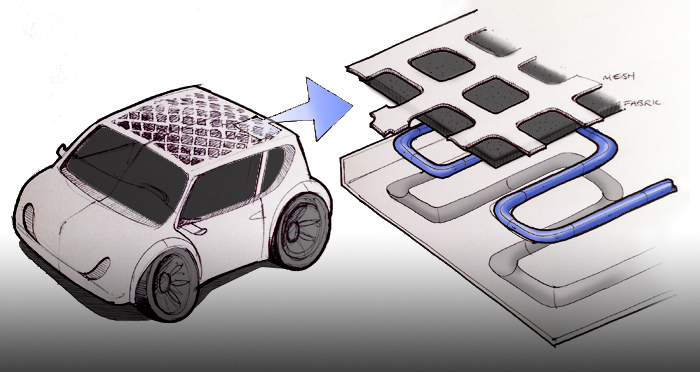Monday
Jul222013
Can product designers really change the world
 Monday, July 22, 2013 at 05:24PM
Monday, July 22, 2013 at 05:24PM 
Can designers really change the world? Most of the time all we are doing is churning out the same old stuff with a different face on it (see my post about how many chairs there are, yet everyday there's a release about yet another one, 4 legs a seat and a back, it's slightly different from the last, but not by much). So, I have been concerned with what actual value (not profit) I can add to my designs, how can designers really change the world? Or at least do their little bit whilst the scientists and engineers sweat the important stuff.
The problem is, it's very difficult to ascertain if what you're designing is good or not. Look at wind farms, they have to be better for the environment than burning fossil fuels, but how much better? They apparently kill quite a lot of birds each year. They cost a lot in materials to manufacture and they are currently not that efficient. On face value it all seems good, but delve in a bit and it gets murkier.
Recently we have been experiencing a heat wave in the UK and my car doesn't have any air con, by the end of a short drive, I have had to peel myself out of the seat. So, a while ago I saw a post about making food coolers for poverty stricken areas in Africa. Food is placed in a metal box, surrounded by wadding, (wool, or another absorbent material) held in place with wire mesh. The wool is soaked in water and as the water evaporates in the hot sun, warmth is drawn out of the metal box, cooling the food inside. The same thing happens when we get out of a swimming pool on holiday and feel cold as the water evaporates off our skin. I know that it takes a lot of petrol to work air con, so air con is not environmentally friendly. What if this low tech box cooler idea could be built into a car roof, so when it's hot, water from a bottle could be spread over the roof and as it evaporates it cools down the interior. Is this environmentally better than air con and if so, by how much? Does the amount of extra water carried and used on the roof, the extra material etc negate the savings on petrol?
The problem is as far as I know there's no where to obtain the data. What designers need is a really clever cost calculator app. Our connectivity is now sophisticated enough to get real time updates on anything. Why not an app that reads a CAD file, you state the products purpose and it recommends materials. The best for friction, UV stability, hygiene, ease of reuse or recycling, longevity of the material, energy to process the material, energy to recycle the material etc. Then based on your location, it recommends manufacturers. If you have a supplier overseas, you input manufacturing source and distance to warehouse or shop, then the computer would generate a wealth of data, how many you can fit in a shipping container, or van and (based on weight) how much fuel it will consume on its journey from manufacturer to store, the best route, how many hills that involves, average time idling at traffic lights, material cost of product based on continually updating live market prices etc.
This could shift the way things are designed. Designers could tweak their designs and based on live data, get more accurate feedback on how a tweak here and there would really improve their design, to actually change the world! At the moment the crux when designing is that you start out with the best intentions, but you really don't have a true picture of whether or not you are really doing any good and quite often the best intentions are misguided.
tagged  idea,
idea,  materials app,
materials app,  process in
process in  concept,
concept,  ideas,
ideas,  the future
the future
 idea,
idea,  materials app,
materials app,  process in
process in  concept,
concept,  ideas,
ideas,  the future
the future 



